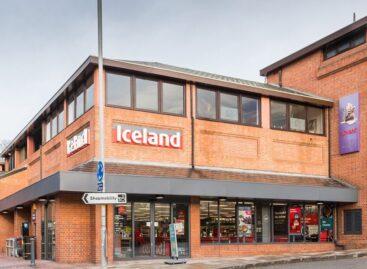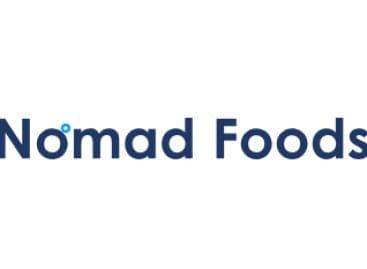How The Frozen Food Category Is Seeking To ‘Sustain Its Strength’ After COVID-19?
Like every sector of grocery retail, frozen food has been impacted by the looming threats posed by rising inflation affecting costs at every level, concerns over a strained supply chain, and the Russian invasion of Ukraine. This is before you factor in the changing habits of consumers as a result of numerous lockdowns.

Frozen food has grown at a faster rate than total food and beverage growth over the past five years, with figures from the AFFI showing that growth in 2021 amounted to 22.6% compared to the 2019 pre-pandemic normal
There are grounds for optimism in the frozen food sector. According to stats from the American Frozen Food Institute (AFFI), frozen food dollar sales among lower-income millennial households are up 15%, with studies from their British counterparts, the British Frozen Federation (BFF), showing that retail frozen food sales have grown by 13.5% compared to pre-pandemic levels, suggesting that consumers that turned to the freezer during COVID have continued adding frozen products to their baskets.
Related news
Iceland posts record profits as £1 range sales soar
🎧 Hallgasd a cikket: Lejátszás Szünet Folytatás Leállítás Nyelv: Auto…
Read more >Nomad Foods to install solar panels at Italian production plant
🎧 Hallgasd a cikket: Lejátszás Szünet Folytatás Leállítás Nyelv: Auto…
Read more >Nomad Foods to close plant in Bosnia and Herzegovina
🎧 Hallgasd a cikket: Lejátszás Szünet Folytatás Leállítás Nyelv: Auto…
Read more >Related news
Retail sales in a trap of uncertainty
🎧 Hallgasd a cikket: Lejátszás Szünet Folytatás Leállítás Nyelv: Auto…
Read more >KSH: retail turnover in October exceeded the same period of the previous year by 3.1 percent and the previous month by 0.5 percent
🎧 Hallgasd a cikket: Lejátszás Szünet Folytatás Leállítás Nyelv: Auto…
Read more >Tradition and innovation characterize this year’s Christmas candy market
🎧 Hallgasd a cikket: Lejátszás Szünet Folytatás Leállítás Nyelv: Auto…
Read more >






